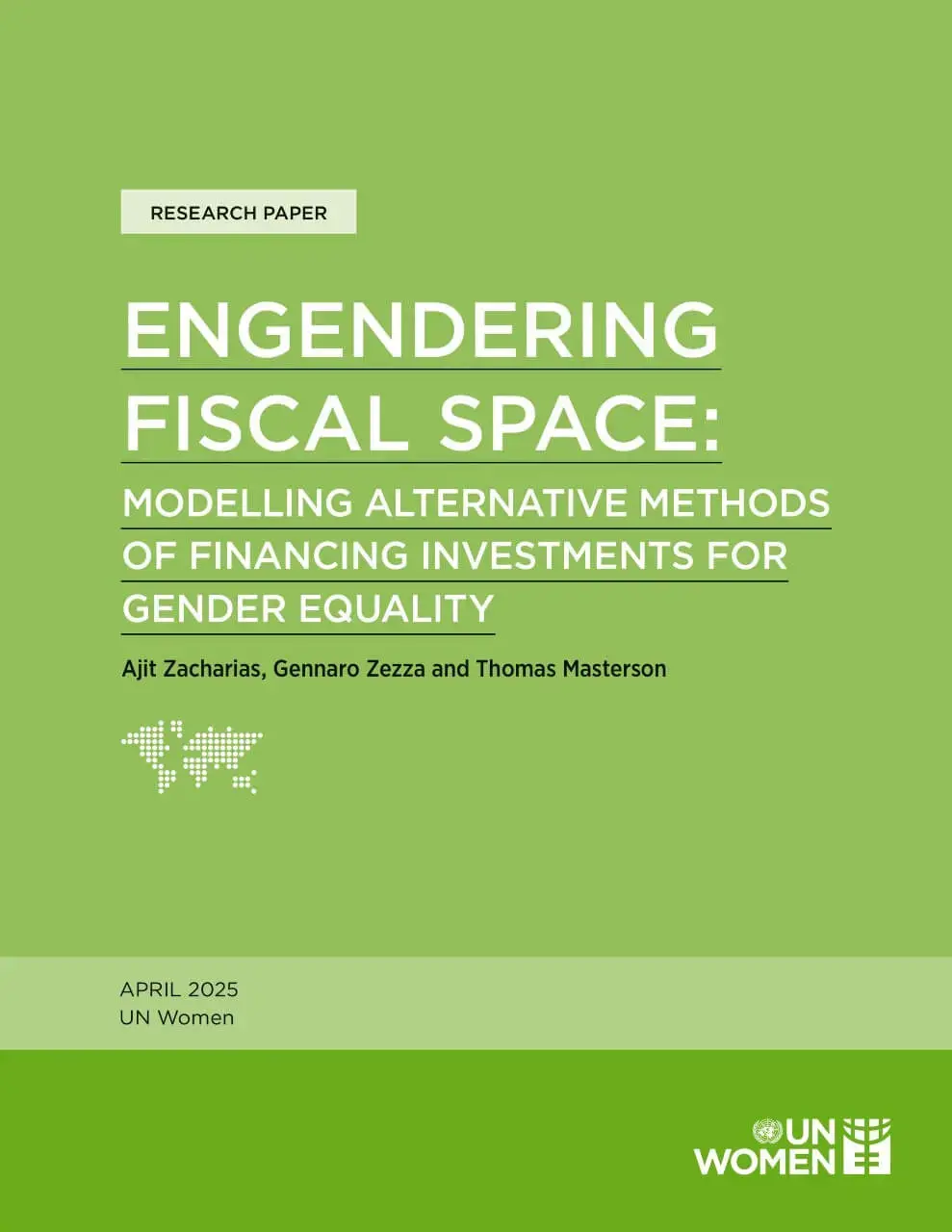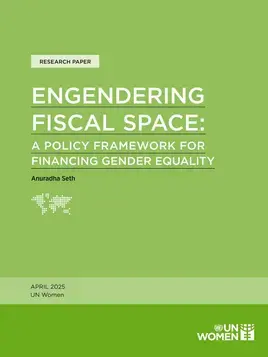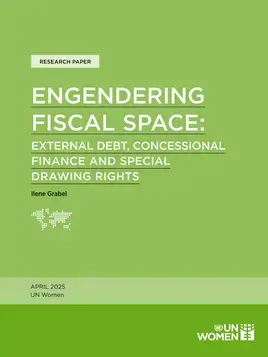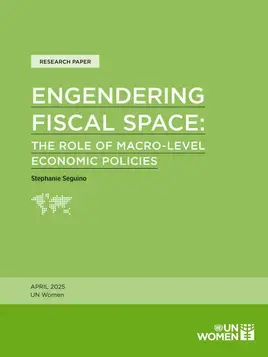
Engendering fiscal space: Modelling alternative methods of financing investments for gender equality
This paper focuses on how alternative policies to promote gender equality are likely to have different effects on the various metrics of gender equality, such as differentials in employment rate and unpaid care work. Further, these effects are prone to vary across social groups. For instance, gender inequality in employment rates may rise at the bottom rungs of the income distribution but fall in the middle rungs.
Alternative policies are also, for the same amount of investment, expected to create different impacts on macroeconomic aggregates, for example, the trade balance or tax revenues. Admittedly, substantial differences in distributional and macroeconomic outcomes are bound to stem from “what” and “for whom” the policies are formulated, when government expenditures are incurred. In addition to the questions regarding for what and for whom, there is also the question of “how”, that is, the impacts of how the policies are financed (for example, via taxation or foreign borrowing).
The paper argues that alternative financing approaches will generate distinct macroeconomic impacts, especially concerning debt sustainability, which in turn affects distributional outcomes. To address this, the paper develops a policy model to assess the impacts of different interventions based on their objectives, target groups, and financing mechanisms. By applying this model with relevant data, the paper aims to illuminate the effects on various economic performance indicators and gender equality measures, including employment growth and the gendered division of housework.


